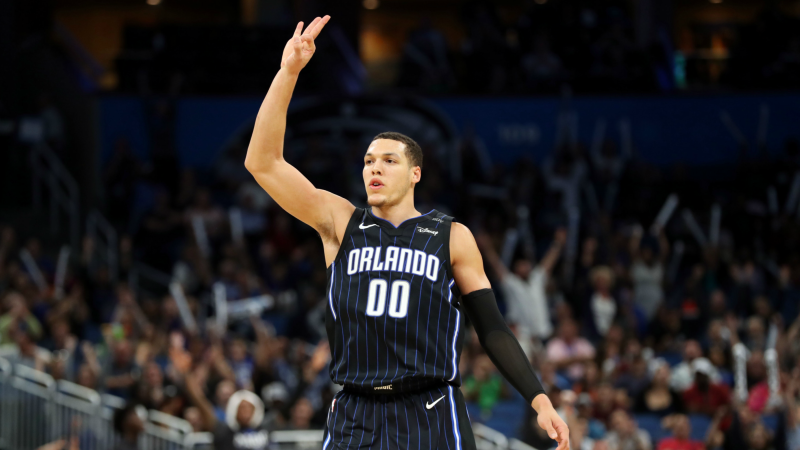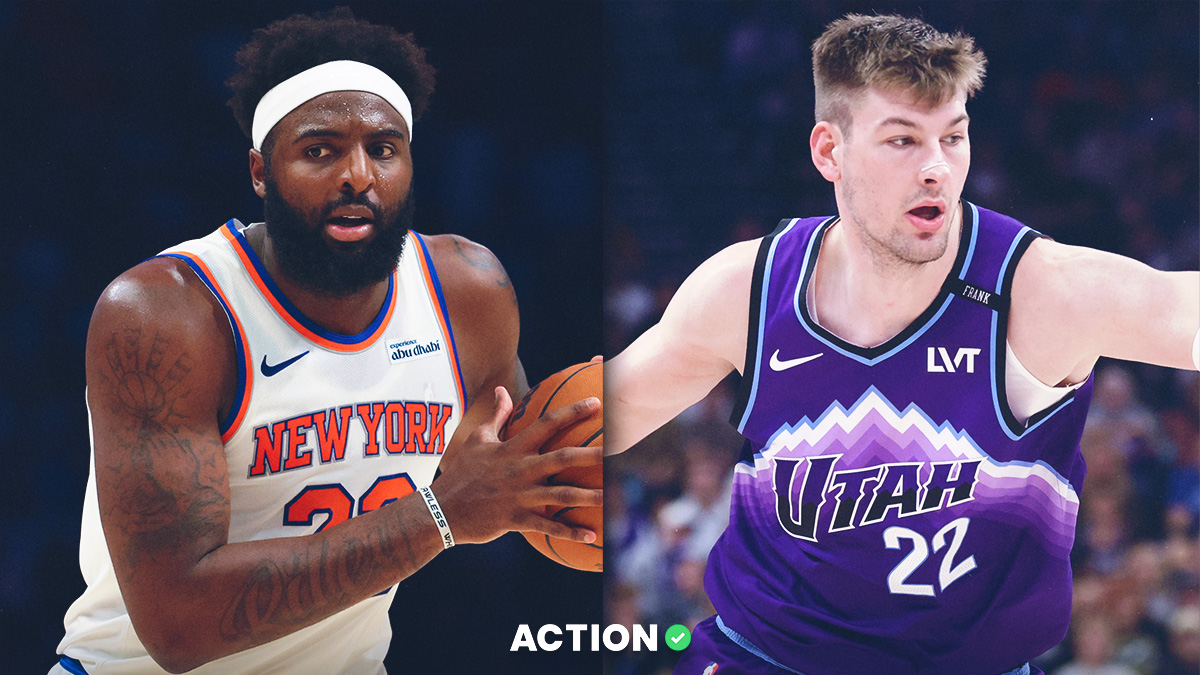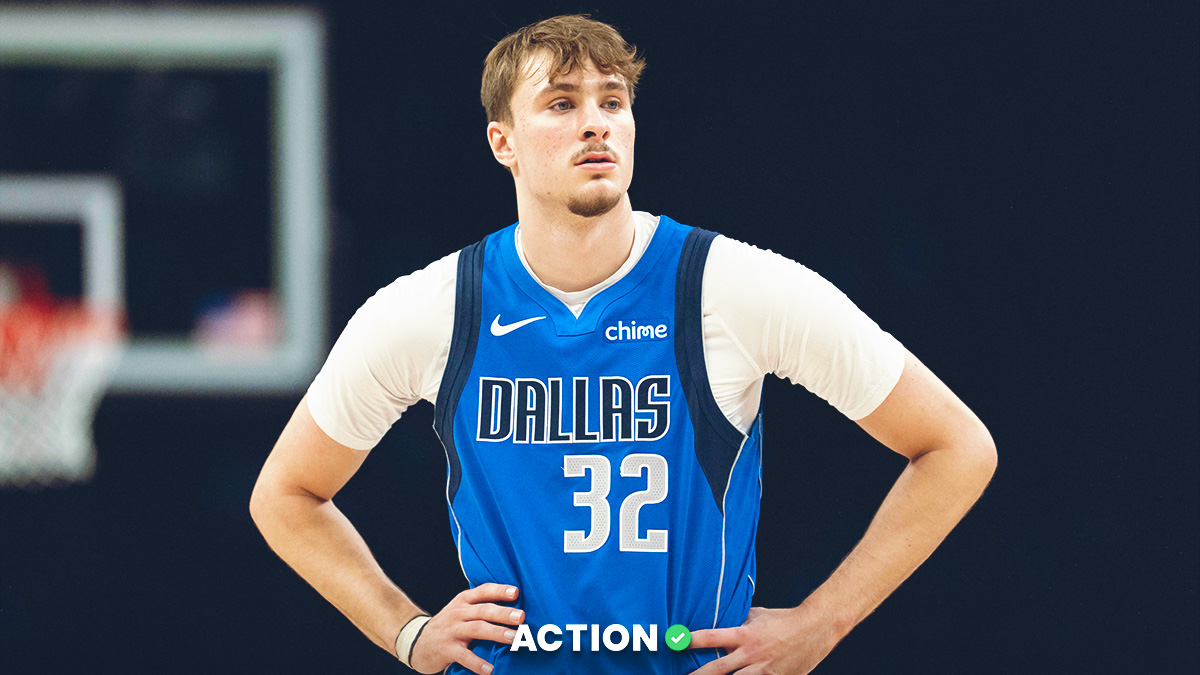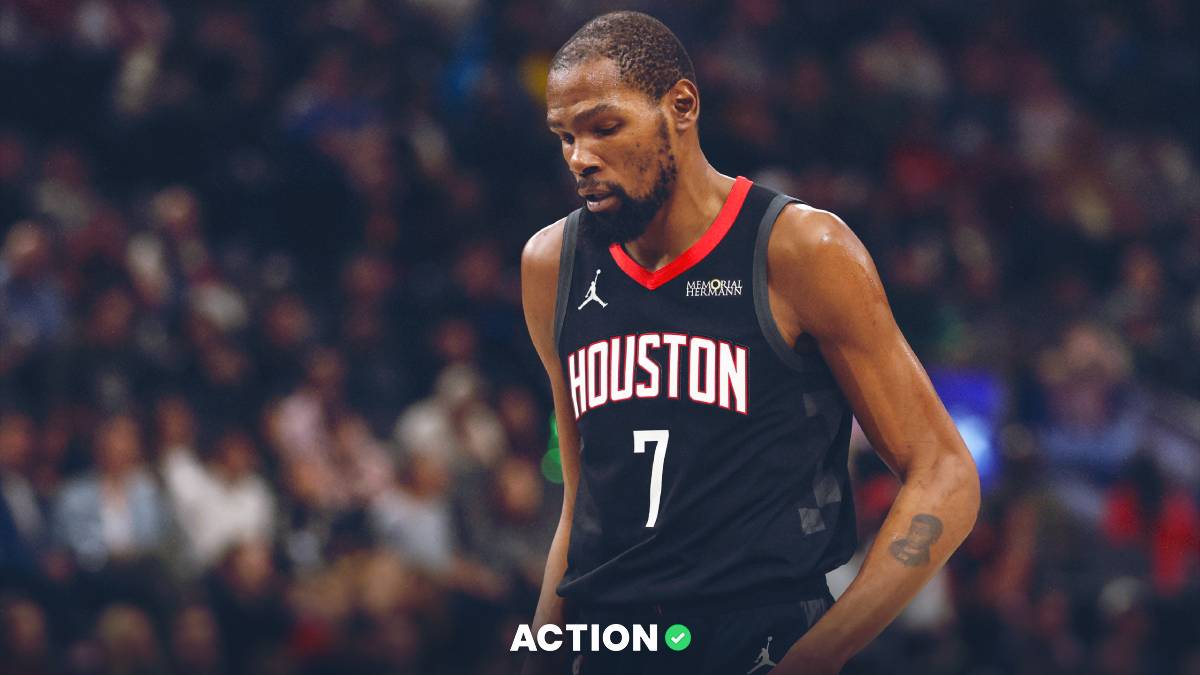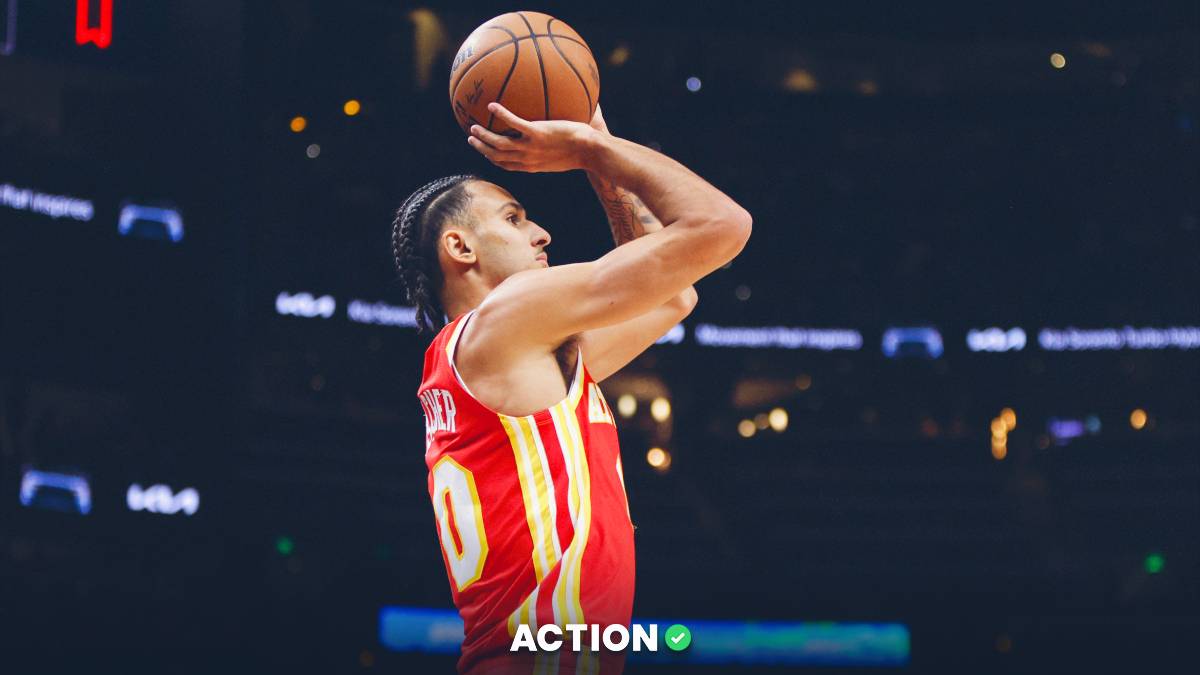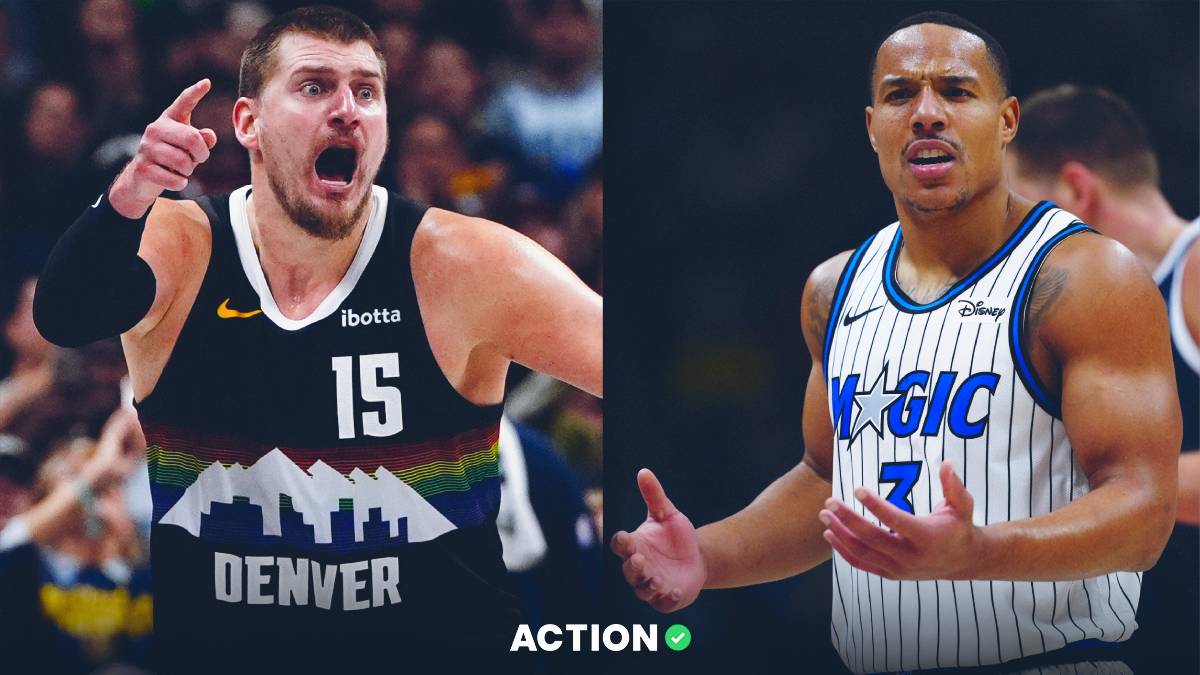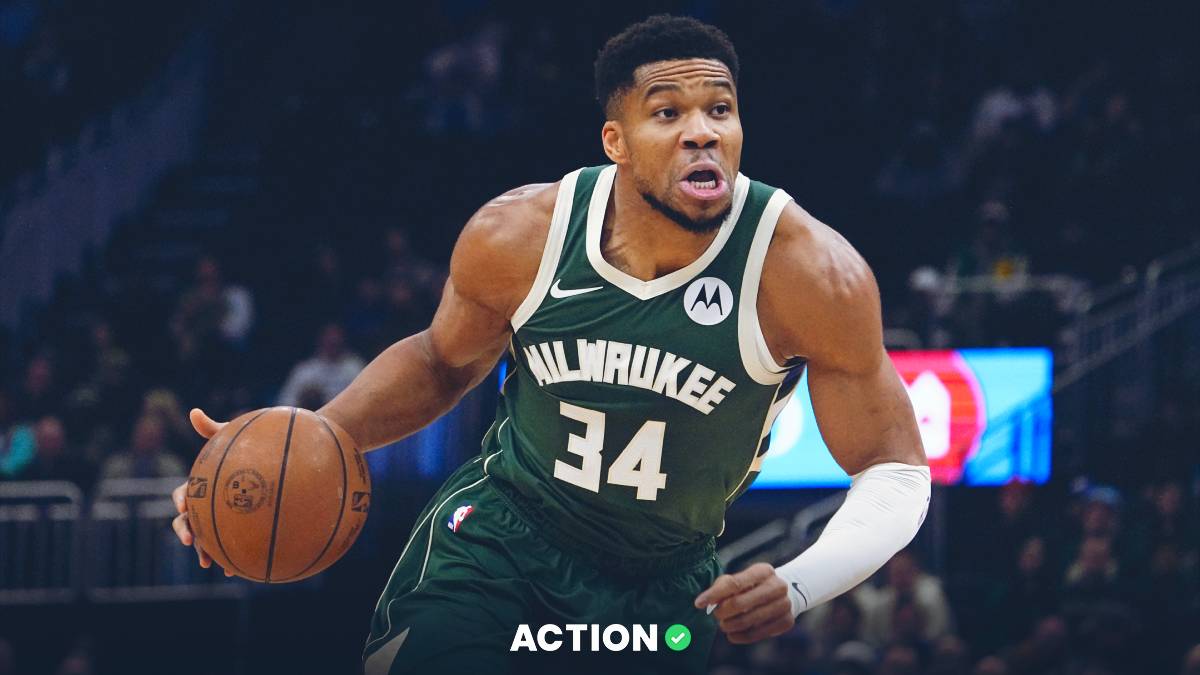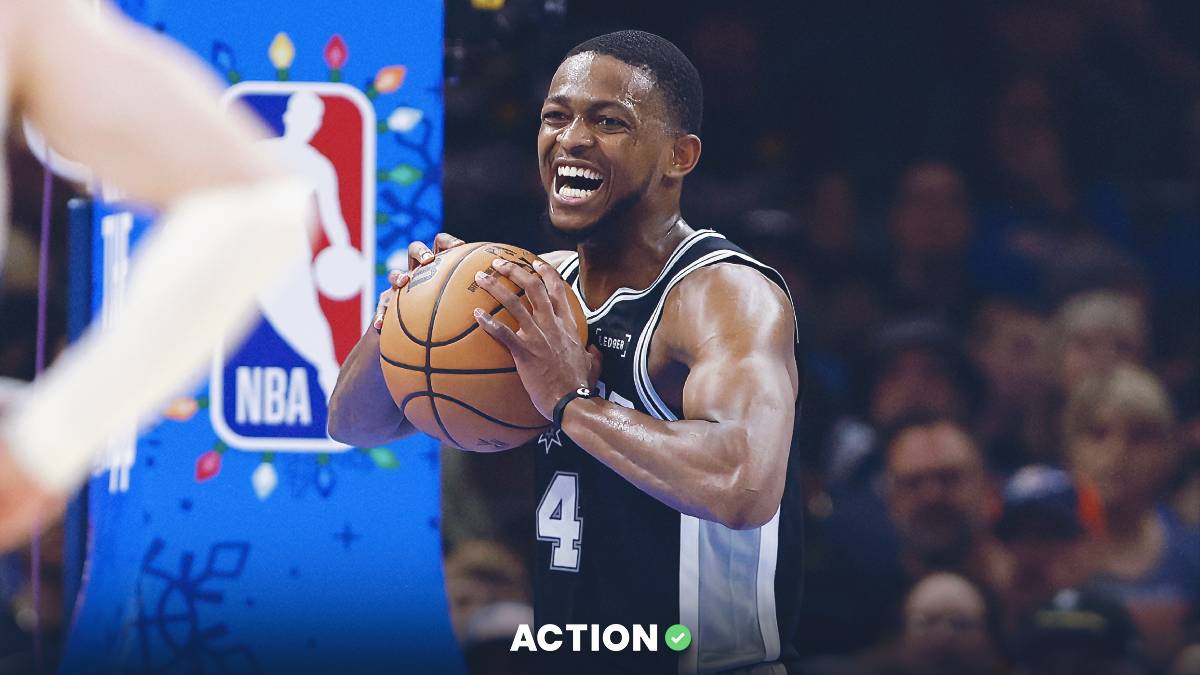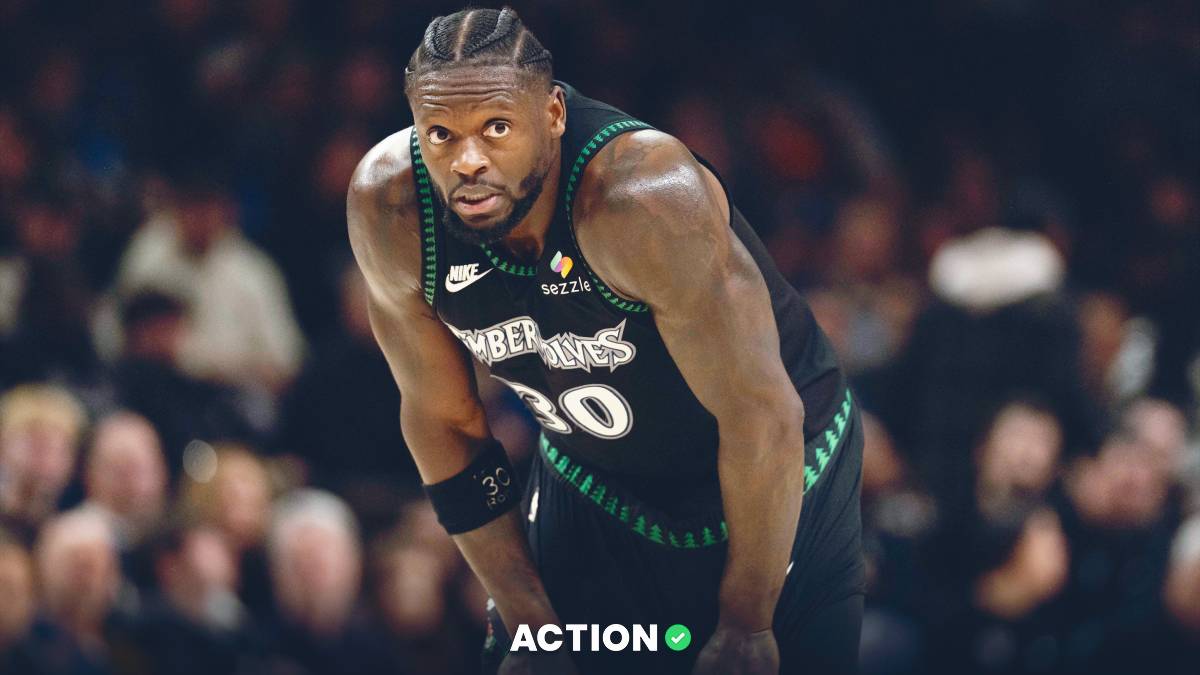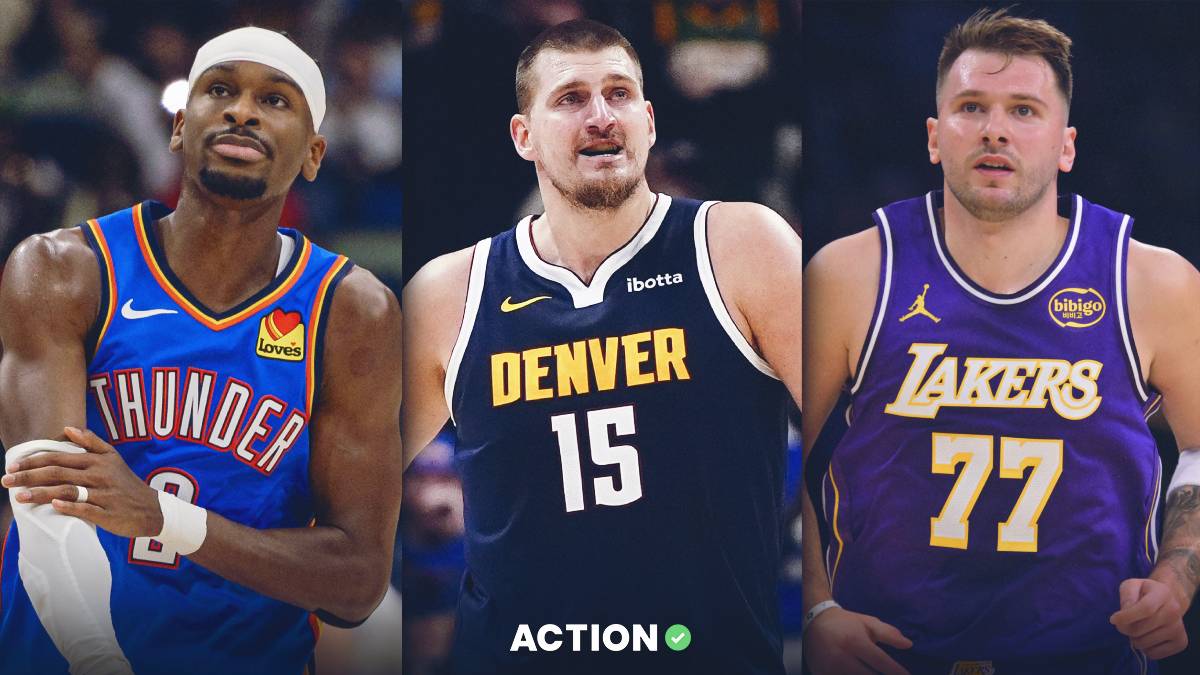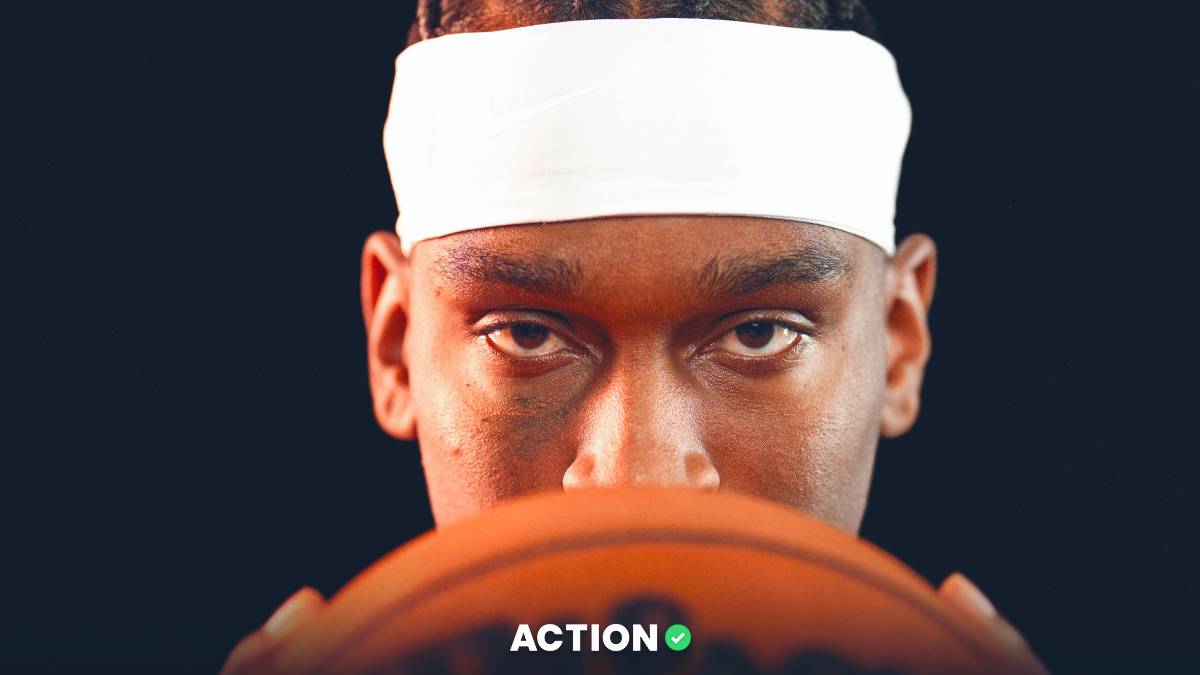There's a playoff-bound team without its best player, a transformational two-way talent whose lethal efficiency is consistent across nearly any situation you put him in, a player around whom the team was effectively built. Instead it's now built around a dinosaur, a plodding, slow, aging power forward whose best moves are short-range jumpers and hook shots, a player with little to no ability to space the floor.
The team's other weapons are underwhelming at best: an aging pair of legends nearing the end of their Hall of Fame careers, who are also separated from their prime by almost at least a half-decade; a diminutive firebug point guard too small to depend on and notoriously streaky as a shooter; a perimeter glue guy who always seems to draw the ire of his head coach; a player literally nicknamed Slow-Mo; another dinosaur whose best days were eight years ago; a second-year man at starting point guard; and a cavalcade of little-known role players.
They don't shoot well. They aren't fast. They are 20-26 against teams over .500.
I tell you all that about their resume, and you chuckle. They're a non-threat.
Then I tell you it's the Spurs.
You quake in your boots.
This the puzzle of this season's Spurs team. On paper, the Spurs are riddled with problems and holes. But their organizational strength, precision coaching, defensive acumen and an incredible year from LaMarcus Aldridge still makes them a team no one wants to face. They're at once the weakest team we've seen out of San Antonio since they got upset in the first round in 2011 — yet they'll likely be favored in a first-round series.
So what exactly is this team?
Here are eight things to know about the San Antonio Spurs, playoff ogre:
1. Dejounte Murray is a way bigger deal than people realize.
The second-year stud got to start this season with Tony Parker out with injury. Parker, in a style endemic to the Spurs' model for success, gave up the job without fuss when he returned, and for good reason.
Aldridge is probably the team's best overall defender in terms of impact, if not ability. And yet, the Spurs defend at a rate of seven points per 100 possessions better with Murray and Aldridge on the floor together rather than with Aldridge on the floor without Murray. Throw Danny Green on the floor with Aldridge, and the team still defends better with Murray alongside them on the court.
Watch this possession, which will eventually turn into a bad pass that goes the other way for a score. But what this focuses in on is Murray on a switch against Carmelo Anthony. Now, Anthony's having a bad season for sure, but he's still Carmelo Anthony, and he's particularly dangerous in the post. But Murray switches onto Anthony and becomes a rabid wolverine, flailing and fighting, scrapping and clawing to deny him on two different sides and help force the turnover:
Murray is averaging only 7.8 points and only 2.9 assists while shooting 29% from 3-point range. His offensive game is non-existent at this point. Even his cuts result in a poor outcome most of the time. But the Spurs don't win with offense. They win with defense. And Murray's instincts, fight and length help San Antonio in crucial ways.
2. Pau Gasol is a helpful brontosaurus.
One thing about age in the NBA: it’s not going to make you shorter. Pau Gasol is still tall as hell and still long as hell. And the 37-year-old, two-time NBA champion remains strong and smart.
The twin-towers concept for the Spurs has always been risky. It got them in trouble versus Houston last year, before Gregg Popovich found a way to balance just enough of it with a small-ball lineup with Jonathon Simmons at point forward. It’s slow, and against teams that can space you out, it presents issues. But it also means your re-jump is ruined. What do I mean by that?
Aldridge is your first line of defense here, but when Steven Adams gets the ball and goes back up with it, there's Gasol.
Here, Jeff Teague drives, and if it's just Aldridge, at least Teague's getting a shot off. But once Gasol enters the picture, it's a forest to navigate:
The test will come against teams such as Houston, where Gasol is guarding a small-ball four such as P.J. Tucker or Ryan Anderson, and depends on whether or not the Rockets can get the ball to them. Teams such as Portland with Ed Davis or Minnesota with Taj Gibson present much less of a threat because of Gasol's ability to stay inside and close on short-range jumpers.
3. Aldridge really is that big of a deal.
Imagine a train. It's not a bullet train. It's not built for speed. It's not stylish. It's just a normal train. However, it's one built to travel incessantly and constantly without ever stopping, from coast to coast, in loops, over and over.
This isn't the most efficient way to get from point A to point B in theory. So how do you make up for it? You use modern efficiency methods in traditional technology to optimize. You shave fractions off the fuel you have to use. You build it to withstand constant use with no need for maintenance. You keep it within the maximal speed for both fuel and time efficiency, and you keep it there constantly.
That's LaMarcus Aldridge.
Only seven players have 400 or more post-ups this season, in an era defined by perimeter play, 3-pointers, pace and space. Aldridge bests second-place Dwight Howard by nearly 190 post-ups. All of them — including Anthony Davis, Nikola Jokic, Joel Embiid and Karl-Anthony Towns — have a turnover rate of at least 10% in the post.
All of them except for Aldridge, that is.
On 662 plays, Aldridge has 38 turnovers total. Including passes, that increases to 846 plays, with only 46 of them resulting in turnovers.
Post-ups, by their very nature, are inefficient. It's why they've been removed from the game so much. You have to get the ball into the post versus defenses that are readier than ever to front and bring help from behind. Then the post-up player has to execute a move to avoid a likely help defender and get off a shot that will almost always be contested by at least one player. And the player has to make it at a rate that justifies taking it in the first place.
Aldridge this season averages 9.4 points on 9.5 post-up possessions per game, for a .997 points per possession mark. To put that in context, Aldridge in the post is more efficient than Jimmy Butler, Victor Oladipo, DeMar DeRozan, or Giannis Antetokounmpo shooting out of the pick and roll — shots that will inherently include 3-point attempts. That's bonkers.
The only way for the Spurs' middling, archaic, ogretastic offense to survive in today's NBA is for the Spurs to play insane defense, and for Aldridge to simply be unstoppable in the post. He is.
Aldridge has been absurd this season, but he's done it specifically in a way that is almost impossible to do in today's NBA. The thought has crossed my mind about whether this is the last truly great post-up season we will see for a while, but Towns and Embiid make that unlikely. Still, Aldridge's MVP case rests on his ability to keep the train running but never speeding nor slowing, just always chug, chug, chugging toward the Spurs' final destination: the NBA Playoffs.
4. Patty Mills has gotten way better, or at least how they've used him has.
Before the All-Star break, the Spurs were only 1.6 points better than their opponent per 100 possessions with Mills on the floor, and were 8.6 points worse defensively. If Mills can't keep the defense within range of its baseline when he's on the court, his offense won't be able to overcome that drag. It's too important for how the Spurs are built.
But since the All-Star Break, the Spurs' defense is 6.7 points per 100 possessions better with Mills on the court.
Much of this is the product of how the Spurs have tweaked the players with whom Mills shares the floor. Before the break, he played more than 600 minutes with Manu Ginobili, with a defensive rating of 108, which is sky-high for San Antonio. Since the break, it's just 100. Before the break, Mills also played heavy minutes next to Bryn Forbes. Now that Parker's back, Mills has played just about 100 minutes with him.
Basically, San Antonio has started using Mills alongside the team's best defenders and stopped playing him next to small, slow point guards who can exacerbate his weaknesses.
5. The defense is the world's best anti-virus.
Everyone knows the Spurs' defense is good. But how? There are the basics:
- They surrender the fourth-fewest 3-point makes per 100 possessions.
- They're the fourth-best defensive rebounding team.
- They're league average in both fast break and points in the paint allowed per 100 possessions (which is surprisingly high).
- They're 11th in steals per 100 possessions.
- They're fifth in defensive field goal percentage allowed at the rim.
- They force more mid-range shots than corner-3 attempts.
But it's more than that. It's the way they play defense. San Antonio concedes nothing, surrenders nothing, allows nothing. And not just at the point of attack; watch how many swipes occur on this play:
Everyone's dialed in, and everyone's attacking. The Spurs manage to constantly swipe while giving up the second-lowest free-throw rate in the league. This fits this whole model we're talking about, right? They are always making things difficult, always challenging everything, but they aren't giving up easy points. They shave off your efficiency while adding to their own, bit by bit.
6. The offense really is that bad.
The Spurs' best defenders are Aldridge, Kyle Anderson, Green and Murray. Of those players, only Green and Aldridge are above the 50th percentile in spot-up points per possession this season.
Anderson hurts the offense in all sorts of ways. He's been terrific defensively, but with him shooting 31% from deep, he tries to stay near his comfort zone. Look at how jammed the spacing is on this play even after an offensive rebound, which should scramble the defense:
Now, San Antonio is at 37.6% on catch-and-shoots, which is 18th in the league. Round that to 38% and they become tied with 10 other teams for 11th-place. So even though their percentage is average, it's pretty much lumped in with most of the NBA in a cluster. (They are, however, 18th in catch-and-shoot points per game.)
Basically, the Spurs are more efficient in the post than anyone else — and it's not close — thanks to Aldridge. And they're league average in other more efficient areas, but since they don't use them as much, the efficiency dips.
The question is how this will look in a playoff series. The Spurs bullied and muscled the Rockets once Nene went down last year, attacking James Harden (a good post defender but one who can't afford fouls) and Ryan Anderson relentlessly. Can they do so enough to offset the 3-point disadvantage they'll face?
San Antonio is 28th in 3-pointers made per 100 possessions. The math problem, as we call it, is going to be an issue. In a potential matchup between the No. 3 and No. 6 seed, a team such as the Blazers can match San Antonio's size with Jusuf Nurkic and Ed Davis or Zach Collins while also hitting 3-pointers, while a team such as New Orleans could bring more perimeter balance.
This is the great gamble of San Antonio. Of course, all of this hinges on the biggest element in play.
7. There's the Kawhi Element.
Let's set aside the drama with Leonard for the moment. There continues to be weirdness and uncertainty about his relationship with the team and whether or not he'll be traded this year. Let's deal with the facts: He's been medically cleared by the Spurs and is free to return at any point he feels physically able to do so.
At the moment, it appears unlikely that Leonard will return for the playoffs. But should he decide to come back at any point between now and the postseason, it fundamentally alters everything about the Spurs. He's an obviously transcendent defensive player, even if it created some weird effects last year.
But offensively, Leonard fills so many gaps. He provides floor spacing. He provides a pick-and-roll weapon. He provides a transition weapon. He can post up. He can score in isolation. He makes it so San Antonio doesn't have to work quite so hard to produce a possession with enough efficiency to make up for its weaknesses.
If Leonard doesn't return for the playoffs, buckle up. It's going to be a long, dramatic summer.
8. They can be a sleeping giant.
If Leonard does return for the playoffs, the Spurs will be a contender. They'll still have a lot to sort out, but hear this: the Rockets should want no part of a healthy Spurs team. Forget the results of this last weekend where the Spurs won, because as Rockets fans will rightly point out, Chris Paul didn't play. But watch how the Spurs guard the James Harden-Clint Capela pick and roll:



